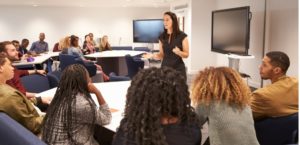
Confronting Challenging Content through Tabletop Role-Playing Games
In his essay “Supernatural Horror in Literature,” H. P. Lovecraft famously declares that “the oldest and strongest emotion of mankind is fear, and the oldest and strongest kind of fear is the fear of the unknown.” It’s the experience of this sort of fear that











